A Digital-First Strategy Puts Your Company Last
Chelsea Sauder • January 24, 2020
89% of companies have reported adopting a digital-first strategy (Forbes), yet 70% of digital transformations are considered unsuccessful (McKinsey). This raises an important question – why is there a disconnect between the intent and outcome for more than half of the organizations when it comes to their technology strategy?
The answer can be revealed with a simple fill in the blank exercise:
Contact TexasPGB
Organizations should always put ______ first.
The answer?
Organizations should always put PEOPLE first.
A company’s success is directly related to their ability to build relationships and influence behavior with customers, team members, and business partners. When a company’s digital transformation fails to prioritize the human element in their supply chain, they drastically limit their ability to orchestrate meaningful change.
The largest problem with a digital-first strategy is that it puts technology in front of people.
Digital transformation is about transforming the way people, data, and processes connect with the use of technology. Technology is no more than a tool- a means to an end. When you focus on a tool you have tunnel vision; limiting your insight into potential pitfalls and knowledge of all potential solutions. When you focus on people, you gain a holistic understanding of how to better meet their needs to drive your success.
Now that you are thinking with a people-first mindset, here are steps to set your digital transformation up for success:
Understand the end-user and their pain points
Companies with fewer than 100 employees are almost 3x more likely to report a digital transformation success rate than companies with over 50,000 employees (McKinsey). In a smaller organization there are fewer degrees of separation between transformation leaders and those directly influenced by potential changes. The open communication channels between key decision makers and ends users that are fostered by these smaller organizations create practical solutions that are in-touch with customers and the day to day operations of the business.
While larger companies may benefit from additional resources, they tend to invest in technology for the sake of technology - not for the benefit of the user. To ensure your digital investment will be effective for users, build your strategy off their experience. Before your transformation journey begins, leaders should already have a firm understanding of how people work within the current system (digital and manual), what processes are being followed appropriately, and what frustrations they have. This information can be gathered from a variety of sources including in-person interviews, focus groups, surveys, analytics tracking, data gathering, etc.
Gathering these user insights can help guide your digital strategy and identify specific objectives for your transformation.
Engage your front-line during the initial 20% not the last 20%
No one knows your customers and day to day operations better than the employees with boots on the ground. Identify the front-line for your company; who directly engages with customers or are critical to the production and delivery of your product? Depending on the business, your front-line may consist of a sales team, customer service agents, warehouse staff, retail employees, etc. It is important, to engage these team members early and often during your transformation process to identify pain points and avoid investing in impractical solutions.
Several years ago, I attended a training seminar for a new service with extensive compliance regulations. The training focused on service delivery through the new company operating system. An entry level team member brought training to a screeching halt when they pointed out the operating system failed to meet compliance standards. The leadership team incorrectly assumed their recent investment in a custom system had been built to support these new offerings. This oversight delayed the launch by 6 months and cost the company over $250,000+ in development fees as well as failure to deliver service contracts that were already promised. If the leadership team had engaged their front-line and product development team during the design of the operating system this situation could have been avoided.
There are a variety of ways to engage your front-line including:
- Hold open forums to generate discussions ahead of major initiatives and investments
- Create a digital forum for employees on your company intranet
- Establish committees with representatives from a variety of departments and positions to offer insight on strategic initiatives
- Send out internal surveys
- Encourage transformation leaders to conduct site visits for observation and discussion
- Simulate process changes with test locations or departments
- Interview managers and support staff within your best and worst performing locations/departments
The fastest way to stall your transformation is discovering pivotal information late in the implementation phase. The fastest way to fail your transformation is not discovering that information until after deployment.
Empower users with the right tools
Technology only works when the right people use it the right way. If your team does not feel knowledgeable of upcoming changes it can result in low adoption rates and resistance. It is important to provide appropriate support throughout your transformation to educate users and generate team buy-in.
A strong support model includes:
- Clear and timely communication from the leadership team
- Recognition that communication is a 2-way street and provide avenues for staff to ask their questions and voice concerns
- Customized training to your team in a variety of formats (workshops, online course, demos, etc.)
- Creation of a resource library of support documents for employees to reference
When an employee is given the tools they need to be successful even the biggest resistor can become an agent of change for your organization.
Don’t Plug and Play
Digital transformation is not a one-time project that you launch and leave to its own devices. It is a continuous cycle re-imagining how to connect people, data, and processes to achieve operational excellence and monetize new efficiencies. Every milestone of your digital journey should solve a specific set of problems and create a clear path towards continued evolution. Make sure to establish a pre-defined process to evaluate the success of each milestone and proactively identify potential improvements.
From customer purchasing habits to employee performance, most digital transformation objectives are attempting to influence human behavior. I think Greg Satell, author of Mapping Innovation, said it best, “…digital transformation is human transformation and that's where you need to start.”
At TexasPGB, our approach
focuses on your organization and the people behind it. Contact us
and see how we deliver technical solutions that keep companies one step-ahead with a people-first strategy.
Share this post with others:

When it comes to automating processes around your business, it can simultaneously seem like everything can be automated, and absolutely nothing can be automated. As with many other things, the real answer is somewhere in the middle but can be a bit challenging to put your finger on. These projects usually start when someone at the strategic level of the organization has decreed that “we are going to automate!” and either they personally go on the hunt for what to automate or they hand it off to someone on their team to go do the leg work and come back with “automation” (maybe in a nice box with a bow on it). Sound familiar?
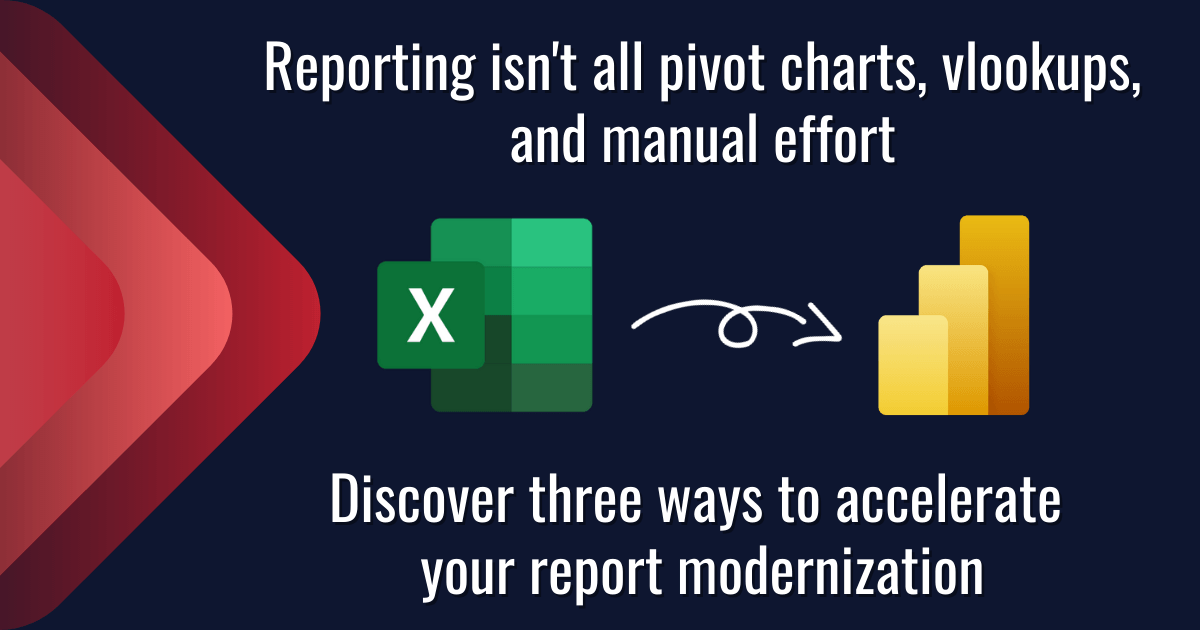
Data is everywhere. You’ve got a lot to focus on and it can be hard to stay on top of what’s going on with your business. Report creation in Excel is often time-consuming and can quickly become a nightmare. Modernizing your reports and streamlining your process with PowerBI to get more reliable and consistent reporting across all of your systems can be a game changer for your business. Read on to learn about three key acceleration tactics that our team uses on every implementation that we facilitate.
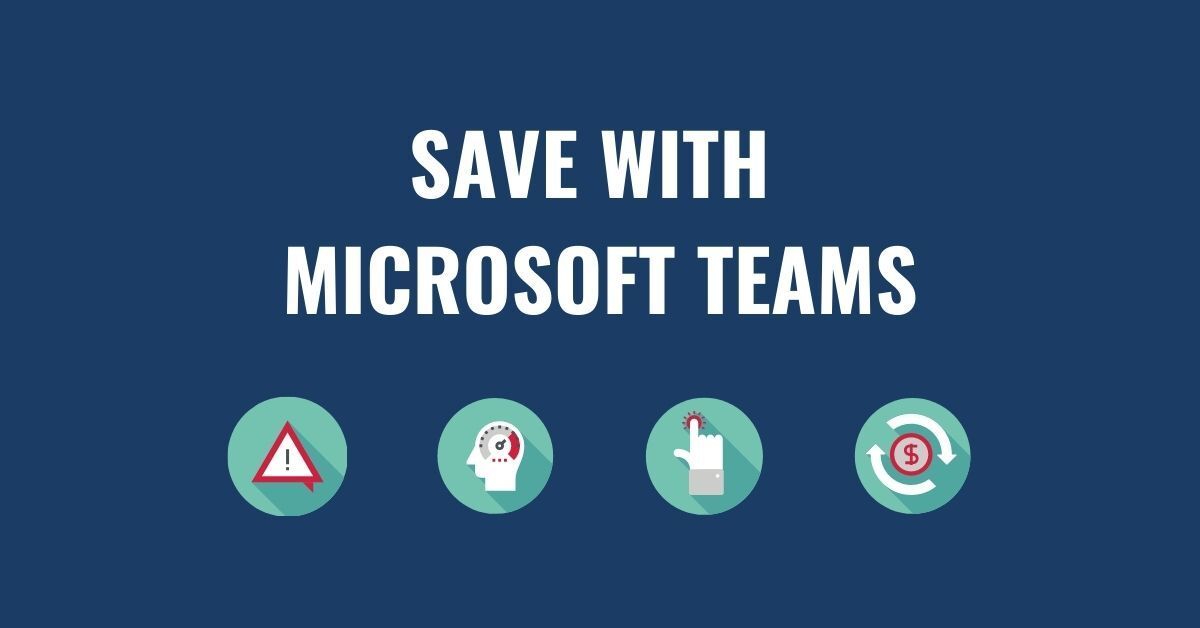
83% of knowledge workers require technology to work together. Microsoft Teams is a cloud-based collaboration and communication tool that lets workers share the right information to the right people all through one integrated platform. According to a Forrester report, The Total Economic Impact of Microsoft Teams, there are a variety of ways using Teams saves organizations time and money. Read and download the infographic to share here .
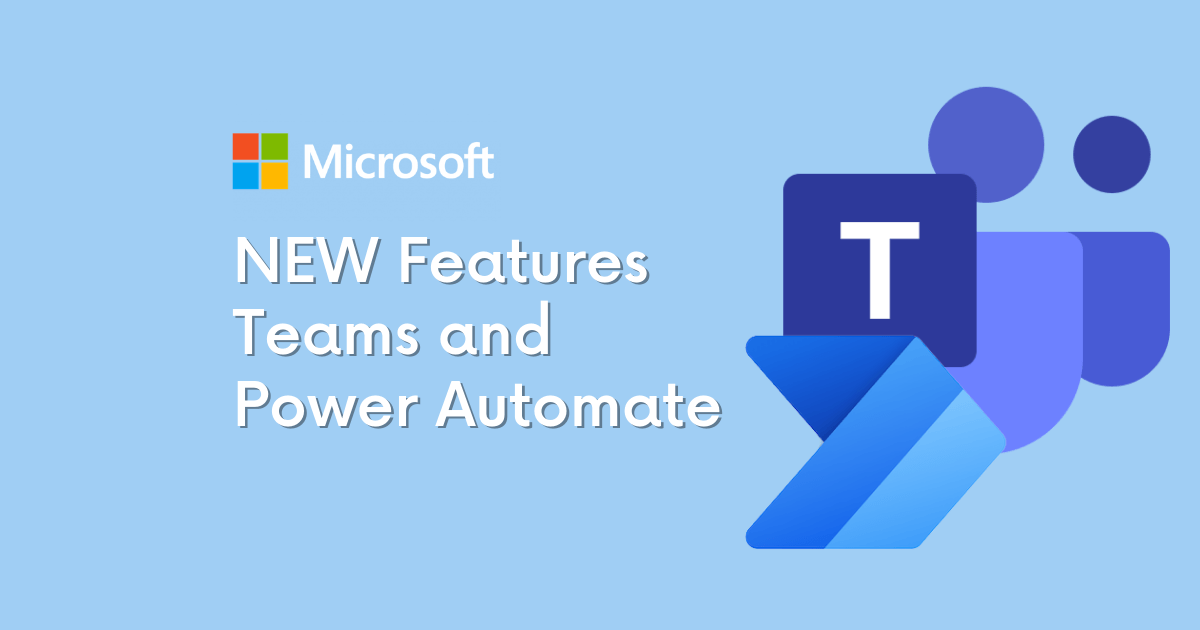
How to Get Started with the Power Automate app for Teams You can get started with Power Automate app in just 3 quick steps: Click on the … in the left-hand corner of your teams browser Search for “Power Automate” Click on the Power Automate app icon and pin it to your left-hand Teams navigation panel
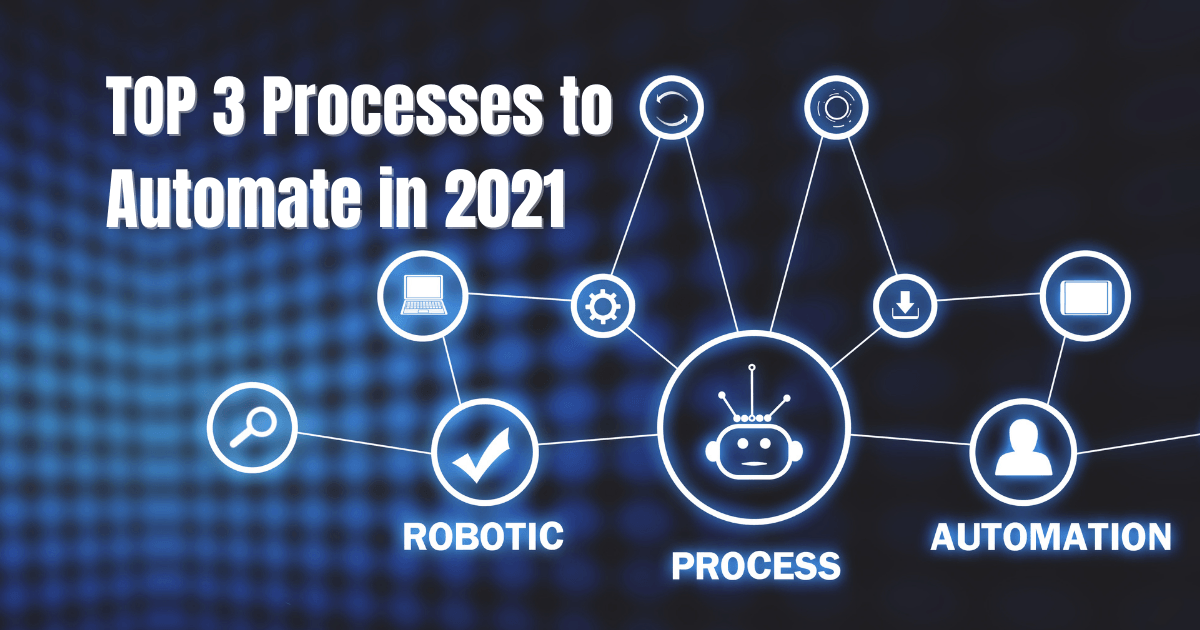
As mentioned, there are several options available for automating your business. One of our favorite low-code/no-code options is the Microsoft Power Platform. As a suite of 4 different tools, the Power Platform can automate routine tasks, customer support, data visualization, and more. A few highlights on the effectiveness of the Power Platform are:
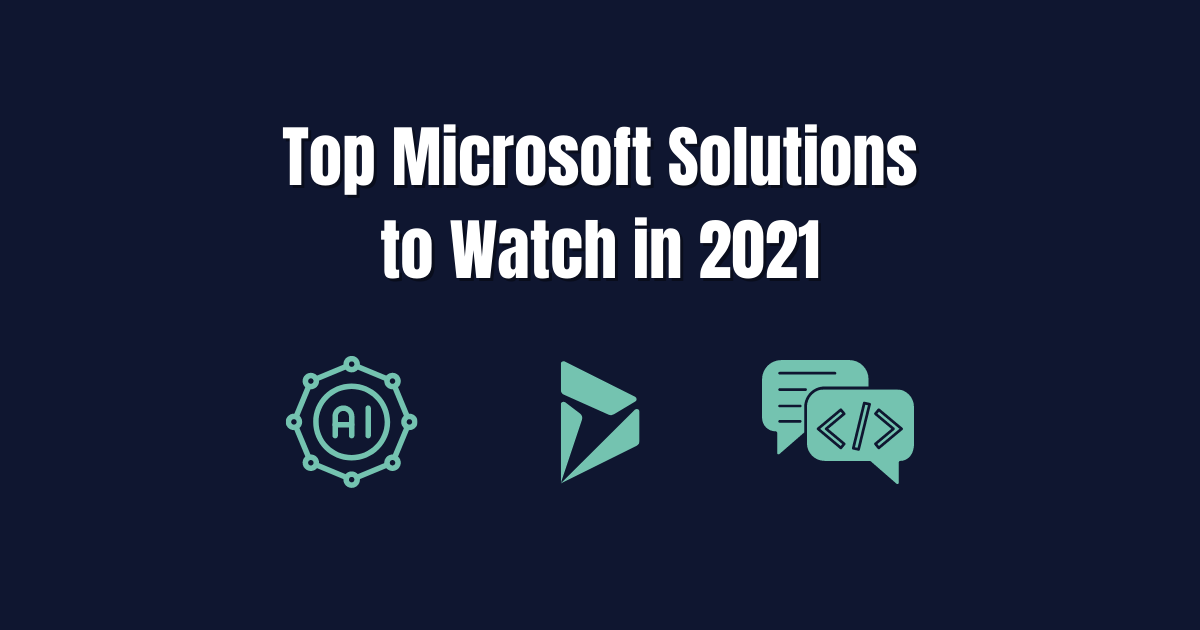
It is no secret that 2020 and the coronavirus pandemic altered the reality of doing business. These changes are showing little signs of letting up and a lot of the adjustments made to respond to a remote workforce may very well become a permanent feature in daily business operations. As business decision makers (BDMs) and IT decision makers (ITDMs) head into a new year it is important to keep an eye out for technology solutions that can further support these operational changes while increasing efficiency. This post briefly highlights the top 3 digital solutions we have our eyes on for 2021 and our Microsoft-based clients.
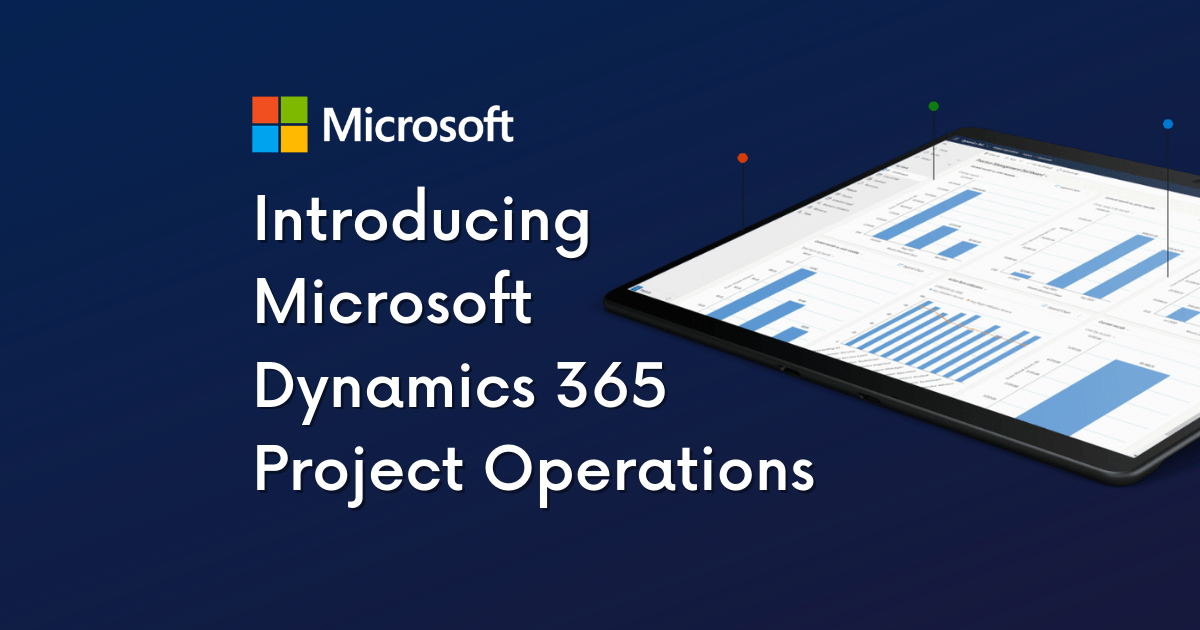
In our latest video series, Patrick Boren, Principal Consultant at TexasPGB, introduces the newest addition to the Microsoft Project family, Microsoft Project Operations. In this video Patrick discusses: What challenges Project Operations aims to solve What is Project Operations and common use cases for the tool Who uses Project Operations Upcoming "Day in the Life" Sessions Watch the video or read the condensed transcript below.
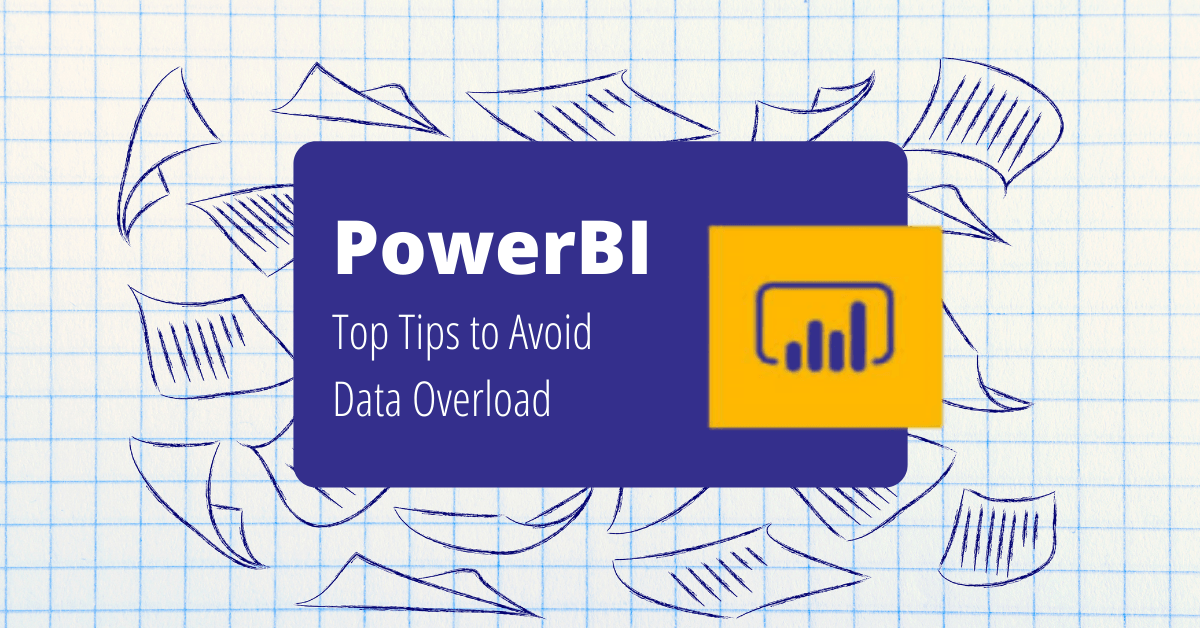
Having a wealth of data at your fingertips is great, but what happens when your data is so vast that it takes you years to make a key discovery? A friend of mine told me a story recently about an experience he had. His first company conducted a VP meeting every quarter – everyone scrambling to put together their presentations and make their case based on the data from Excel spreadsheets. Departments and information tended to be segmented into silos. While much of the data could be shared across the company, rarely was it compiled in a way to show how one area of the business could affect another.

If you are looking to migrate your data to Microsoft 365 there are two common methods to funnel your data - SharePoint or Common Data Service (CDS). SharePoint solutions take advantage of lists and libraries. Data is housed, originated, and manipulated entirely within the SharePoint platform. CDS solutions use both standard and custom entities to collect and house data that is then integrated across the Microsoft 365 platform. Below we will review a few ways each method is different and what you should look for before making a final decision for your data migration plan.
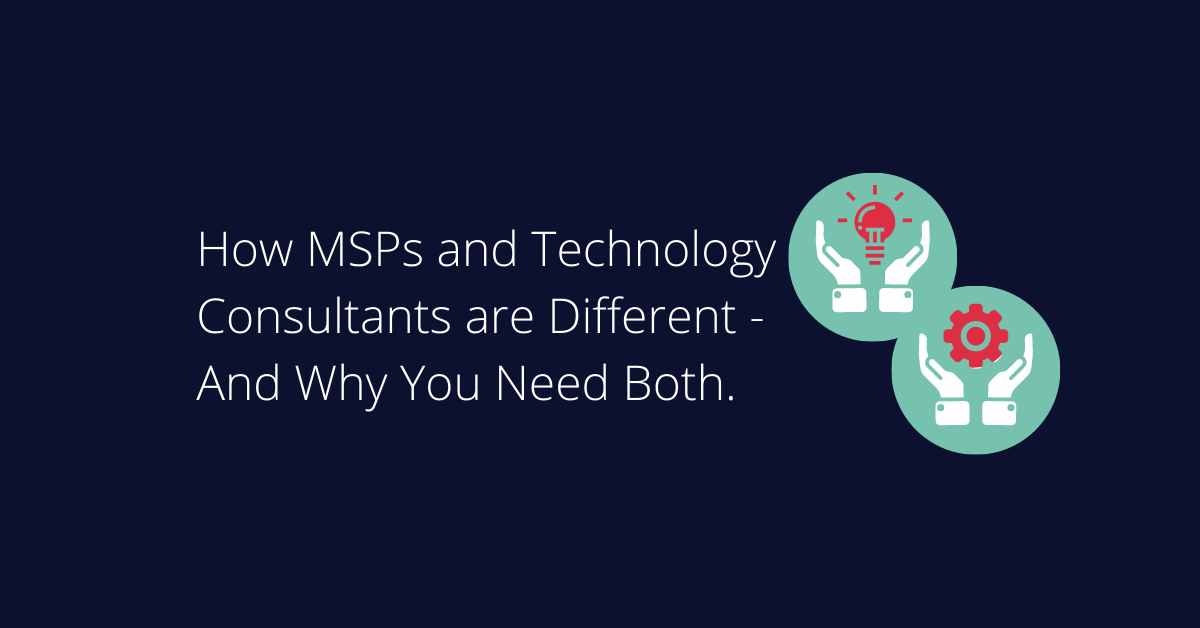
When it comes to technology, do you have a one-size-fits-all vendor? In today’s world of cost cutting, we see more and more organizations that end up missing out on huge technology opportunities by assuming a single vendor can and will do it all. As a technology consulting firm, we’re frequently asked “aren’t you the same as my managed service provider (MSP)?” Fortunately, for those that ask, we’re able to shed light on how a Technology Consulting Firm varies from an MSP.

